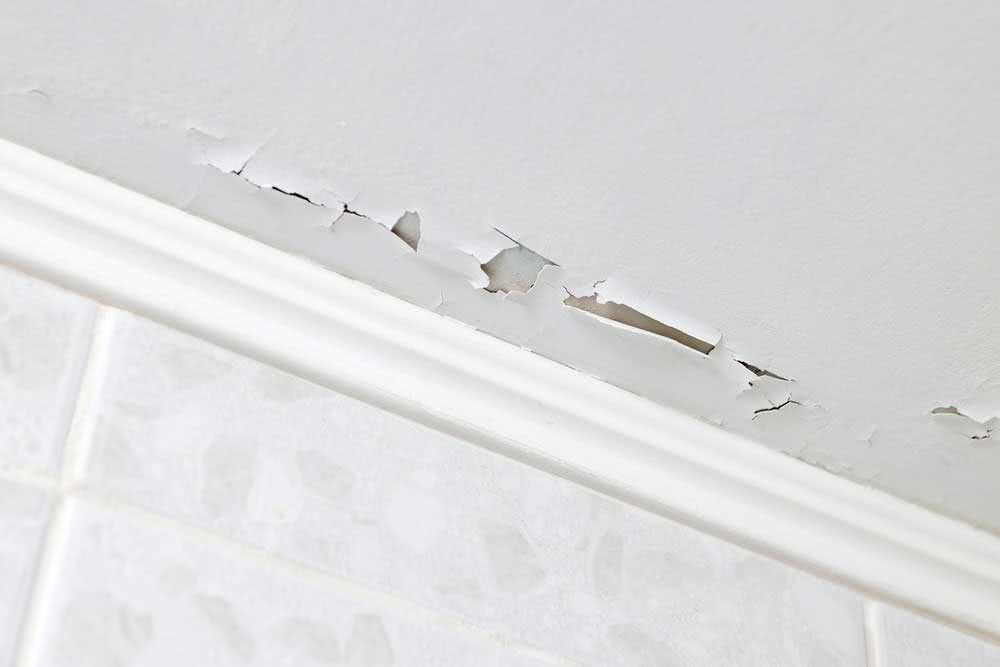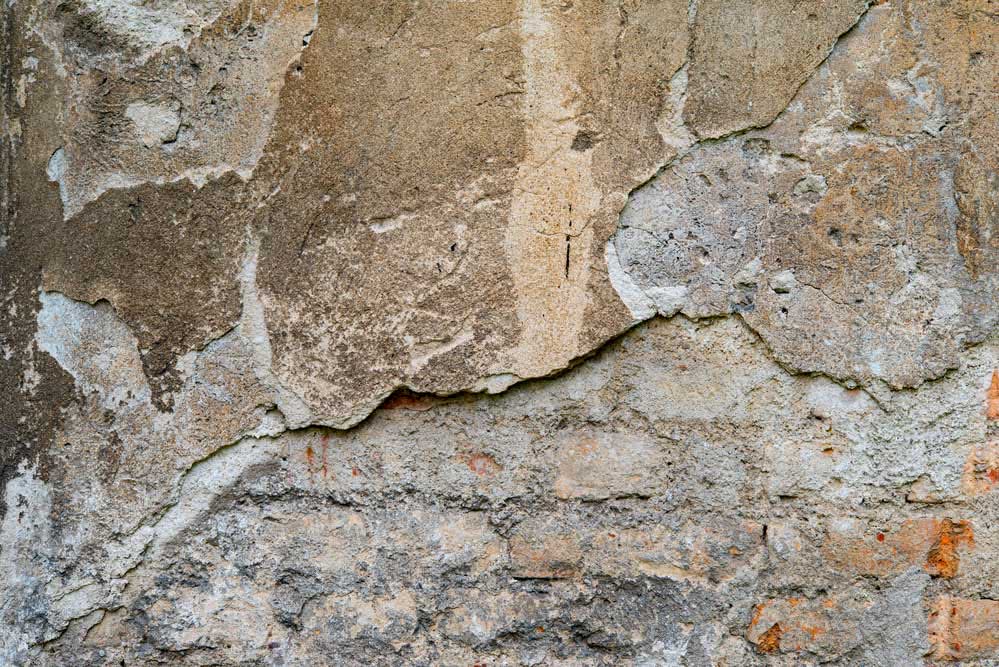Infiltrations are very recurring problems in any type of property, be it residential; commercial; industrial environment or a corporate environment. The dark stains that appear on the walls and floors of the buildings; the leaks; cracks; mold and loose and steep tiles compromise not only the aesthetics of the space, but also its structure as a whole. We prepared this article with tips from how to solve infiltration, don’t miss it!
If you have identified signs of infiltration in your home or office, you have no doubt associated the problem with the headaches caused by the work that would be necessary for its repair. This is because, in most cases, infiltrations are the result of larger and more complex problems.
The good news is that resolving the infiltration properly, after identifying and repairing its origin, the chance that it will recur is very small. Follow the reading and stay on top of all the tips and information we have separated for you to learn how to solve infiltration.
What are infiltrations?

Infiltrations are problems arising from moisture, they occur when the walls, floors or ceilings of a building are penetrated by water from some source around them. The most common is that infiltrations occur in the most humid environments of the property, such as bathrooms, laundry areas and kitchens.
The consequence of moisture and water accumulation in these places is what we call infiltration. The damage to the structure can be manifested in several ways, such as:
- Dark spots;
- Mold or mildew;
- Bubbles in the painting;
- Cracks;
- Drip;
- Loose or upholstered tiles;
- Etc.
The signs of infiltration appear immediately in some cases, but in others it may take months for it to manifest itself visibly. To know how to solve infiltration, you need to be able to identify the cause of the problem.
Another difficulty with infiltrations is that their signals often occur in places other than where it started. The source of moisture may be the environment, but infiltrations are often caused by leaking plumbing and hydraulic problems.
Next, read more about the most common infiltration sites and most likely causes in each one.
What are the areas most affected by infiltrations?

As we have seen, the most common places for infiltrations to occur are those with the highest humidity levels. Therefore, rooms that have a large amount of plumbing, are poorly ventilated or have a lot of contact with the external environment are more likely to suffer from stains, mold, cracks and other signs of infiltration.
An important step in how to solve infiltration is to identify it as soon as possible. Thus, it is easier to correct the problem before it causes greater damage to the structure and, even, to the health of the individuals who frequent the place.
We brought here a list of the most common places for infiltrations to occur and their causes at home one. Check it out below:
1. Infiltration on the walls
The walls are heavily affected by infiltrations. Aesthetic damage is visible, but what should be of most concern is structural damage. Moisture can damage the wall by several means: cracks; inadequate masonry joints; lack of waterproofing in slabs; pipeline leaks; poorly installed doors and windows.
2. Infiltration on the floor
The action of moisture on the floor of any building comes directly from the ground; the pipes of the water and sewage networks; of cracks in the floor or, also, of the inadequate installation or reflux of drains and drainage points.
3. Infiltration in the ceiling, slab or ceiling
The most common cause of infiltration in ceilings, slabs or ceilings is the lack of waterproofing of these structures. Often, for greater savings in a work, some basic and fundamental construction steps are skipped and, unfortunately, waterproofing can be one of them.
Carrying out a waterproofing process well prevents infiltrations almost entirely. Other causes for problems with humidity in the roof, slab or ceiling of buildings are leaks in the hydraulic network of the roof.
4. Infiltration in frames
The frames are the openings of windows, doors and gates, that is, the place where these structures are inserted into the walls. It is very common for infiltrations to occur in these places, because, often, the installation of the structures is done incorrectly.
Infiltrations can be caused by manufacturing defects in doors, windows and gates, as well as by incorrect placement; failures in wall sealing or waterproofing maintenance.
How to resolve infiltration?

As you can see, the infiltrations occur, mostly, due to flaws in the design or construction of the properties. When buildings are made with care, prioritizing waterproofing and measures necessary to guarantee the quality of the structure, the chances of problems occurring are less.
However, this is often out of our control when we occupy an older property, of which we have not gone through the construction process. For this reason, we have brought here essential tips for how to solve infiltration quickly and safely.
1. Identify the problem
The identification of infiltration in its initial stages is essential to prevent further damage and, consequently, high expenditure on reforms. Therefore, it is necessary that you pay attention to some signs that may be indicative that the property needs to be evaluated by a professional. Are they:
- Damage to the painting;
- Dark spots of water, mold or mildew;
- Cracks;
- Detachment of tile floors;
- Cracks in the floor;
- Deterioration of grout;
- Accumulation of water in drains;
- Electrical short circuits.
Usually, the stains on the walls next to the baseboard indicate that the source of the infiltration comes from the ground or from plumbing below the floor. Stains close to the ceiling can indicate leaks or accumulation of steam, caused by poor ventilation.
It is essential that you pay attention to all these signs and try to resolve the problem as soon as possible. Often, a drain that does not drain properly is simple to resolve at first, but procrastinating the repair can lead to structural damage to the floor and even to larger and more complicated leaks to be resolved.
2. Hire the right professional
When identifying an infiltration problem in your home or office, always keep in mind that the problem may be greater than the simple humidity of the environment. Especially when the stains and mold on the walls are not resolved after the cleaning attempt, be aware of the other causes we have discussed here.
Try to count on the help of trained professionals to identify the source of the infiltration and, thus, solve the problem with less chance of recurrence. The best way to save money in this case is to carry out an effective repair once and for all.
3. Invest in prevention
As we have seen, the main causes of infiltrations are related to inadequate construction of the property. Therefore, to prevent this problem that generates countless headaches as much as possible, it is necessary to invest in the construction phase.
An adequate project and the accomplishment of waterproofing is essential to guarantee the quality of the structure of a property and, thus, to avoid accidents and unforeseen events after the property is completed.
Having qualified and competent professionals who use quality materials for the work is one of the most efficient ways to avoid future expenses and inconvenience with renovations.
If you liked the tips we brought here about how to solve infiltration, be sure to comment below!



